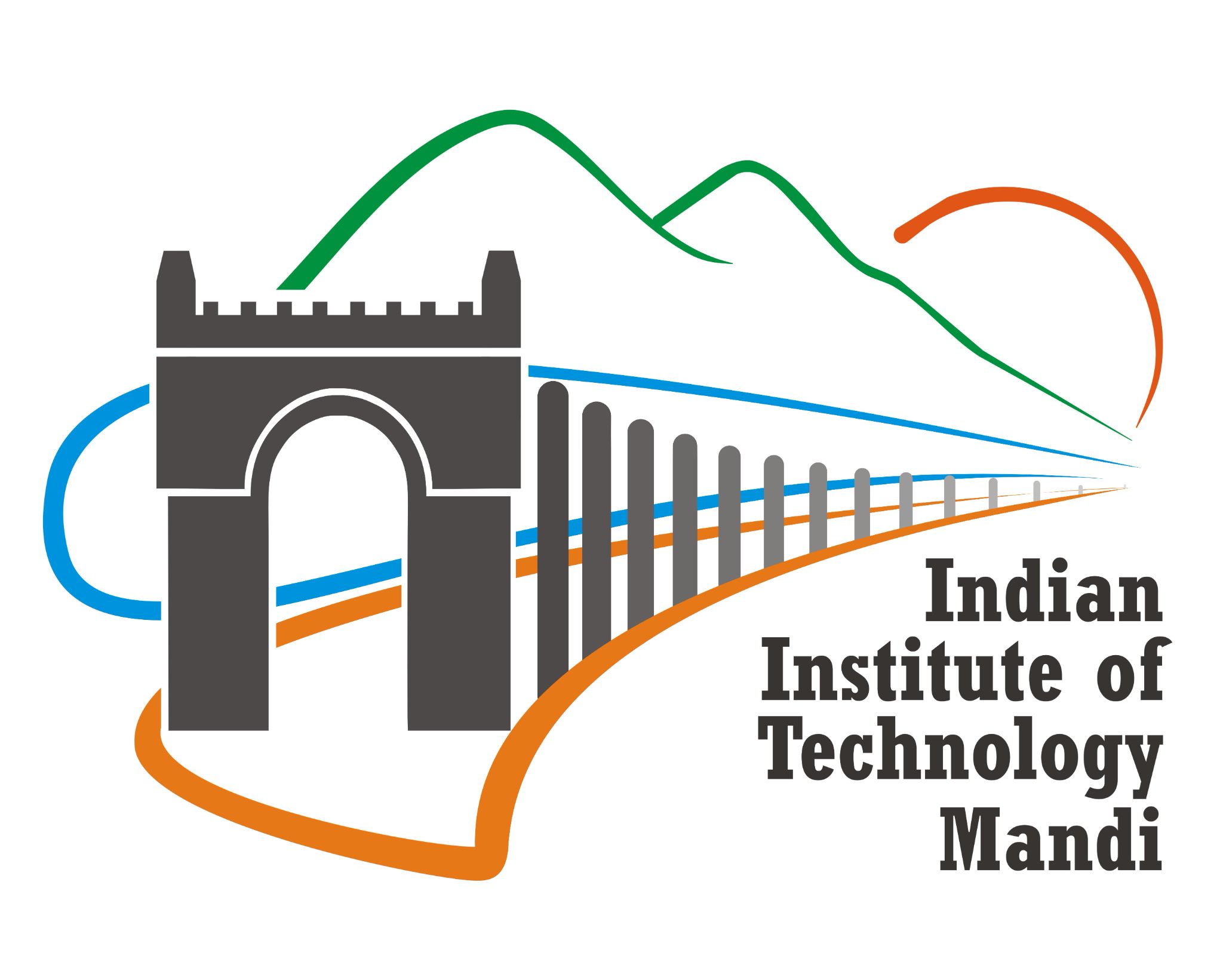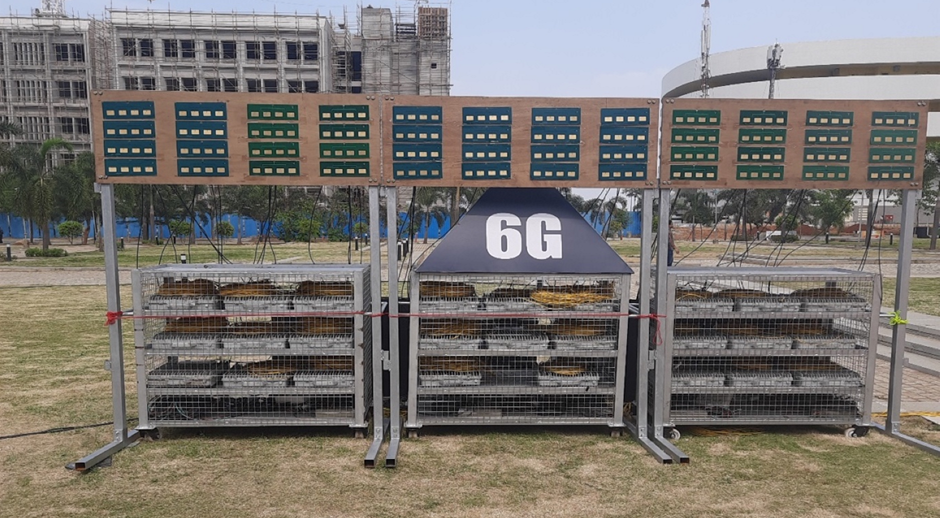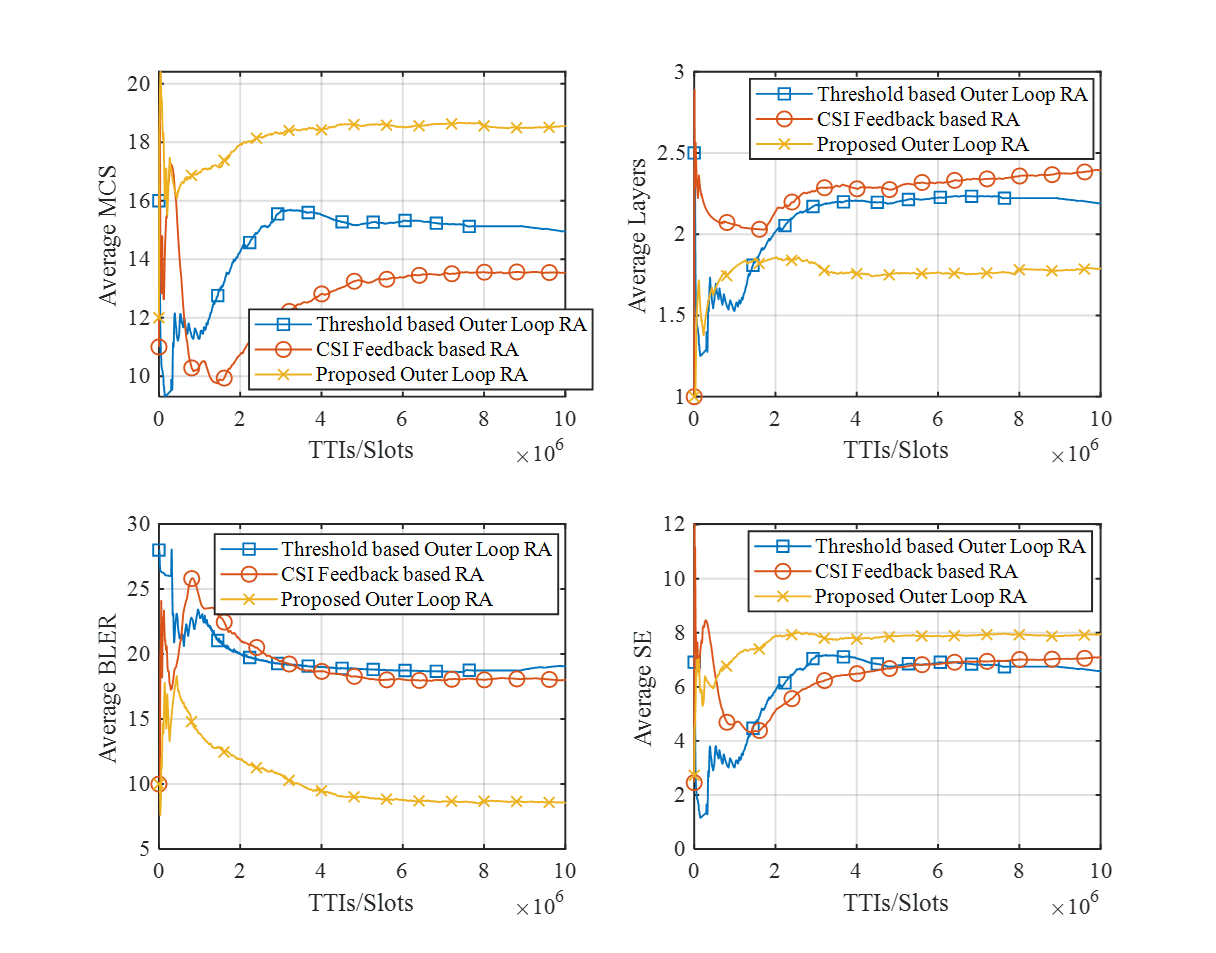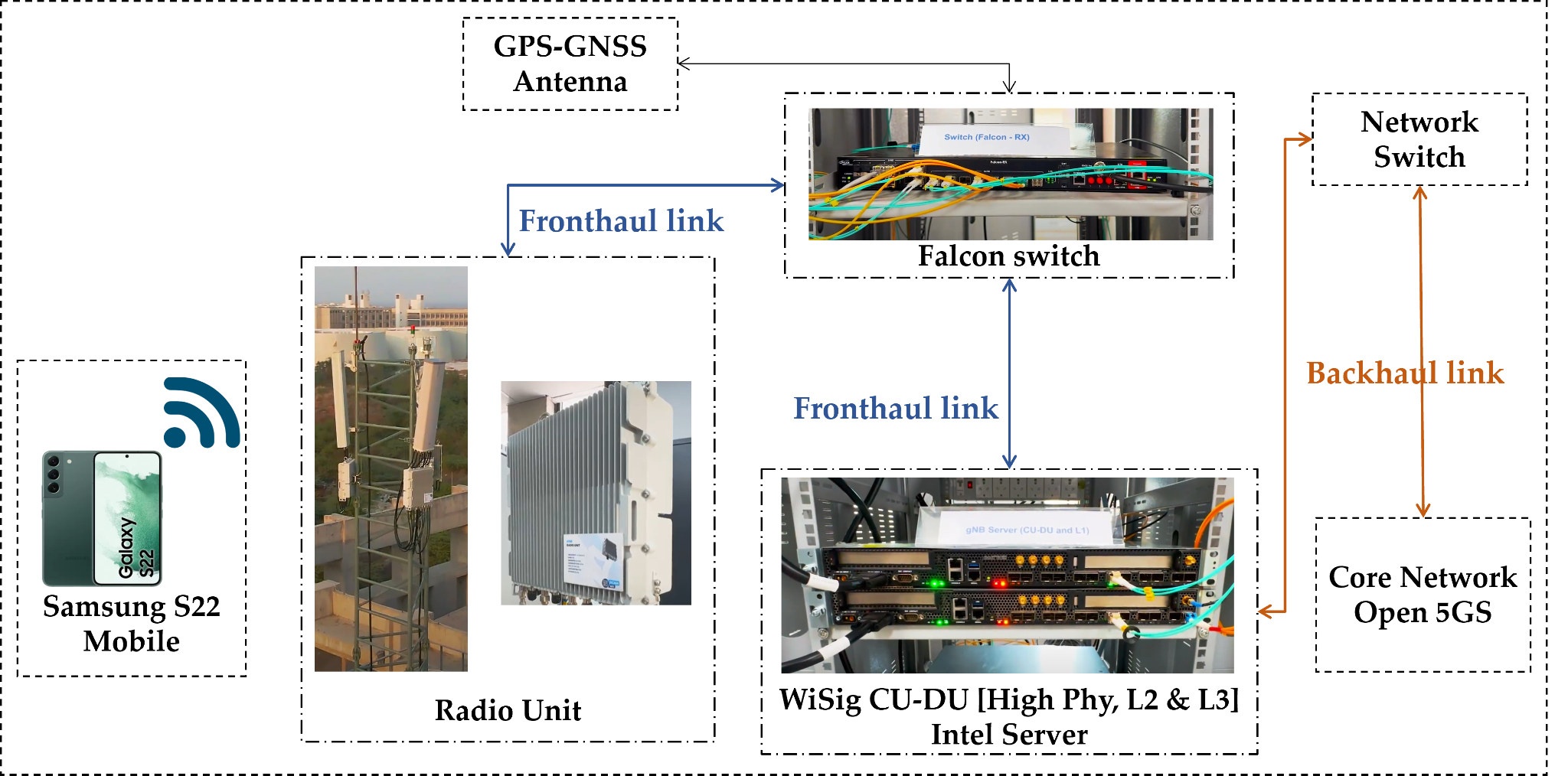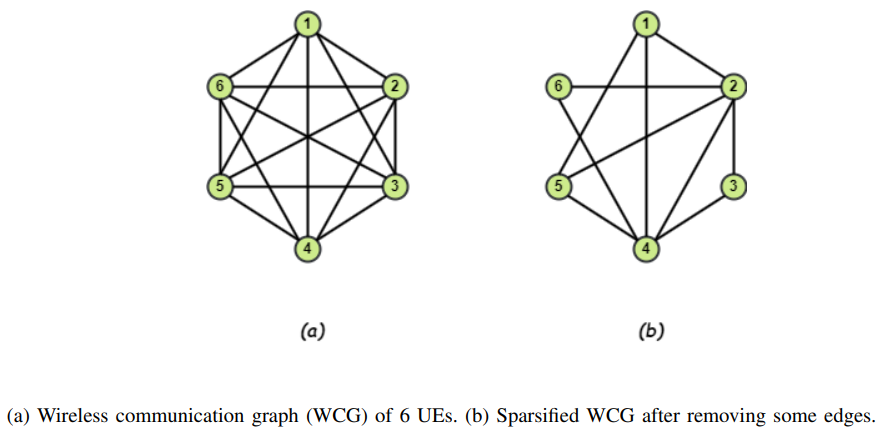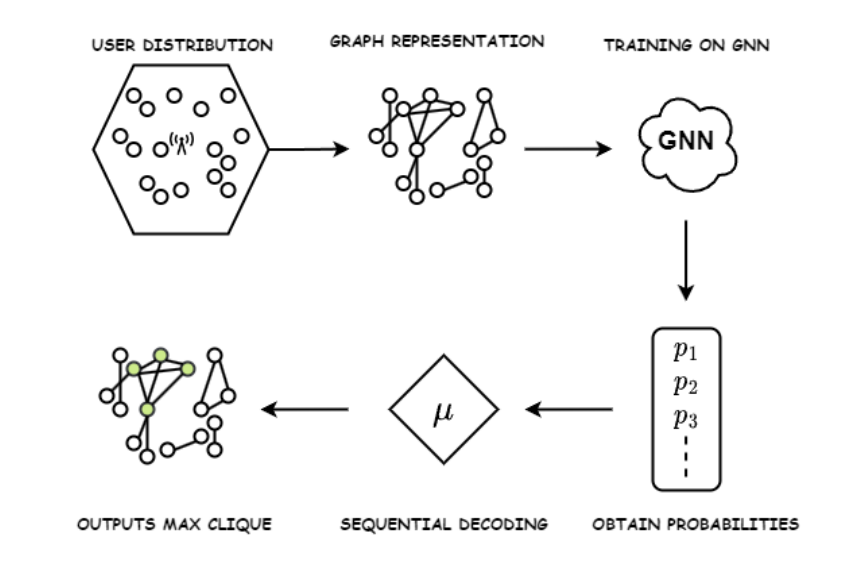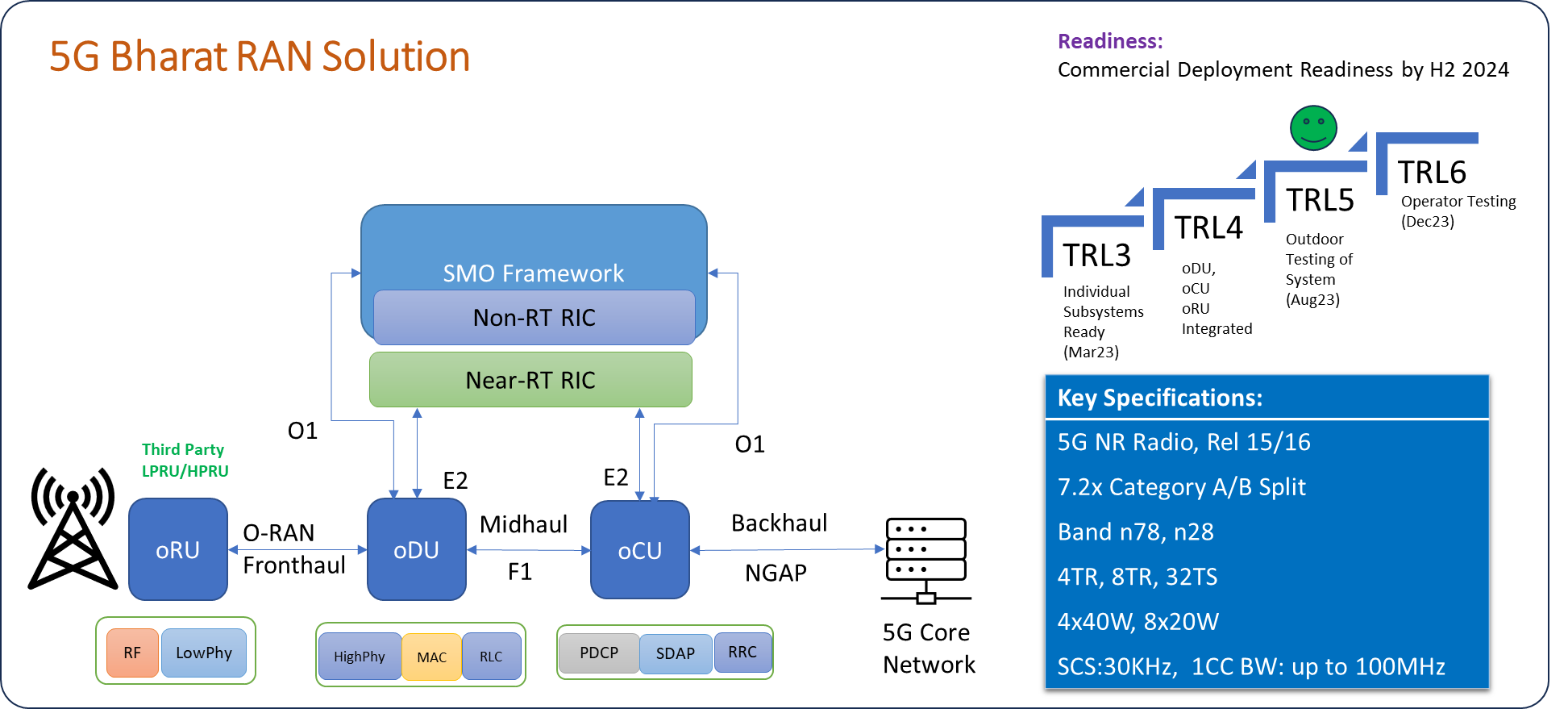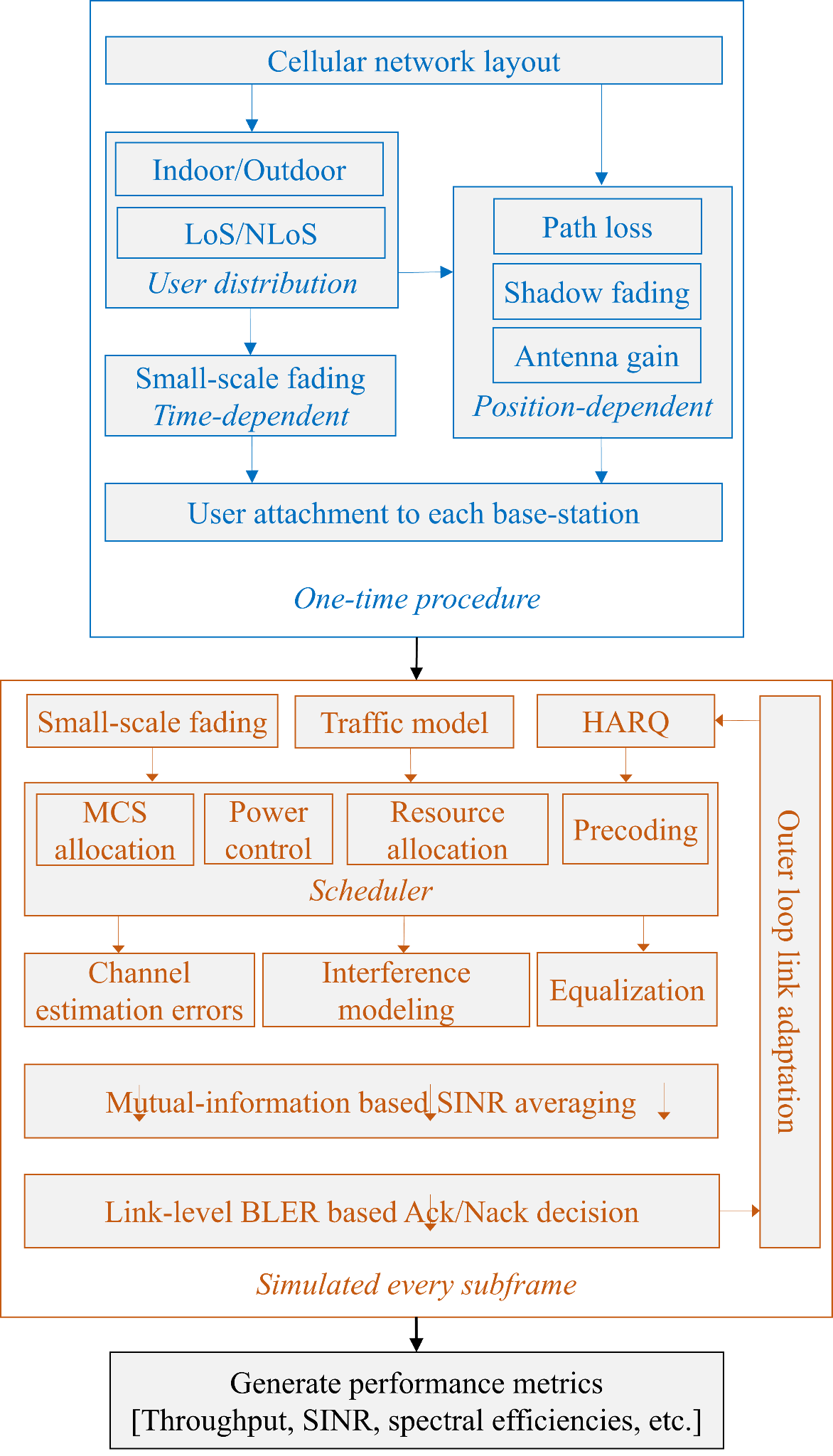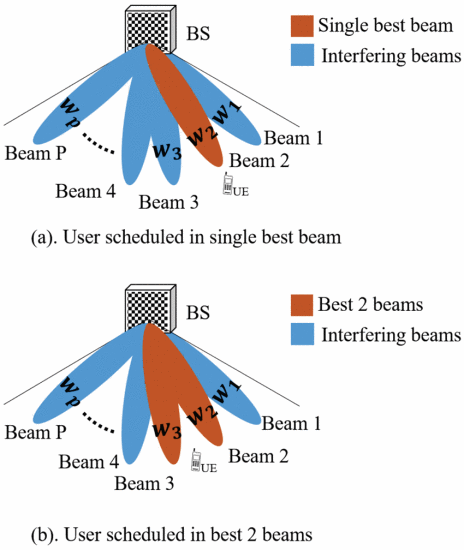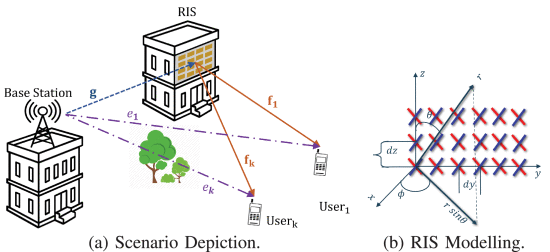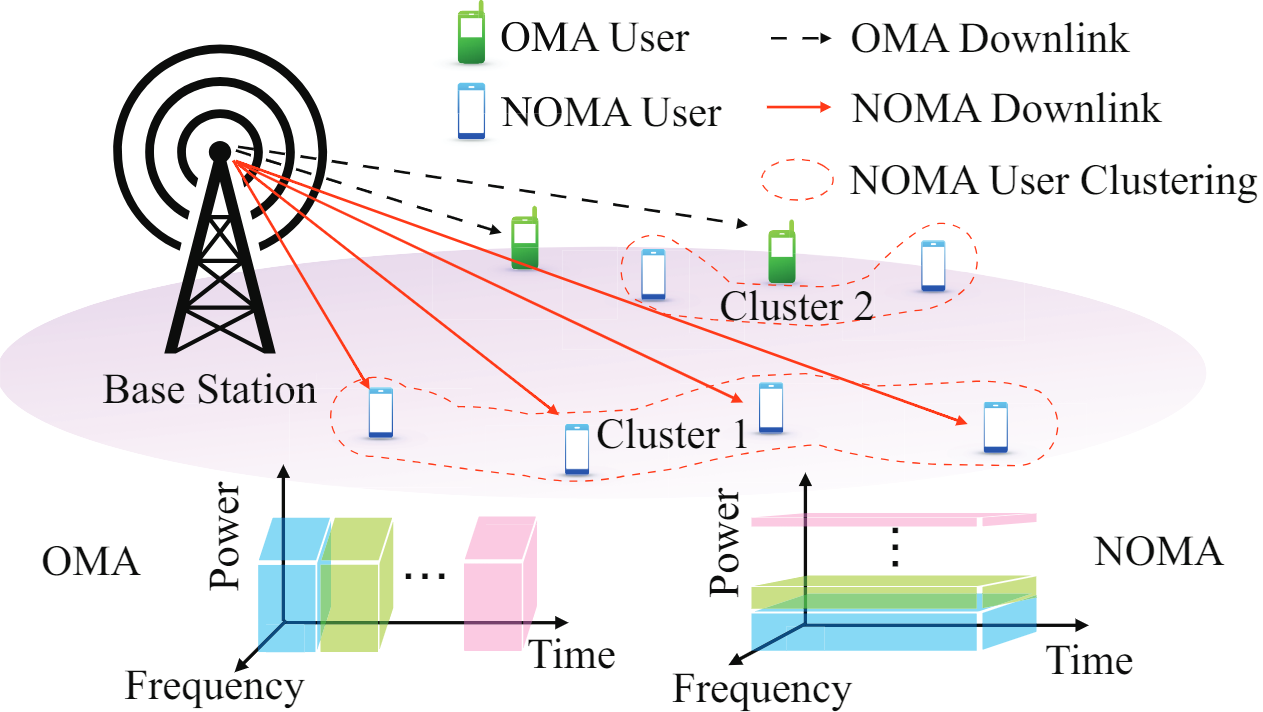Non-Orthogonal Multiple Access
Non-orthogonal multiple access (NOMA) is considered as a key radio access technique for beyond 5G networks. In NOMA, the users are allocated the same time and frequency resources but are multiplexed across the power domain to achieve multi-fold improvement in the network capacity. At the receiver side of NOMA systems, the successive interference cancellation is employed to decode the transmitted data. However, there are various challenges like user pairing, power allocation, imperfections in SIC, etc. which limit the achievable gains in practice. To address these challenges, we have designed various algorithms such as hybrid NOMA-OMA pairing, joint power allocation and beamforming, etc.
Please refer to our key publications in this topic here: IEEE WCL, IEEE VTC, COMSNETS.
Acknowledgements: Some of these publications include the thesis works of M.Tech. students under my supervision.
